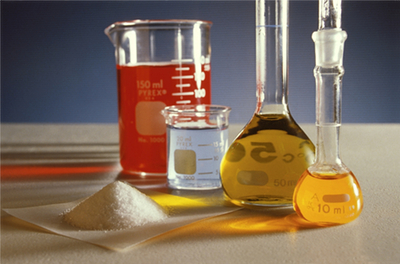Reaction Rates and Chemical Equilibrium

One of the conditions required for chemical equilibrium is an equality of the reaction rates of the forward and reverse reactions. This typically results in no net changes in either the reactant or the product concentrations. In order to understand both chemical equilibrium and reaction rates better, we will examine each independently.
Chemical Equilibrium
Chemical change takes place when the atoms that make up one or more substances rearrange themselves in such ways that new substances are formed. The substances are the components of the chemical reaction system. The components that decrease are called reactants, and those that increase are called products. In a chemical process, chemical equilibrium is the state in which the chemical behavior or concentrations of the reactants and products have no net change over time. This happens because a chemical reaction and its reverse proceed at equal rates.
Reaction Rates
Simply defined, the reaction rate (also commonly referred to as the rate of reaction) for the reactant or product in any given chemical reaction is the rate at which the reaction takes place. Thus, reaction rates can be expressed as units of reactant or product formed per unit of time. Actually measuring the reaction rate involves monitoring either a product or a reactant for the amount of change it undergoes. Some of the characteristics that can be monitored in order to measure change are:
- Change in pressure
- Change in color (spectroscopic measurement)
- Temperature for exothermic or endothermic reaction
- Presence of certain key substance